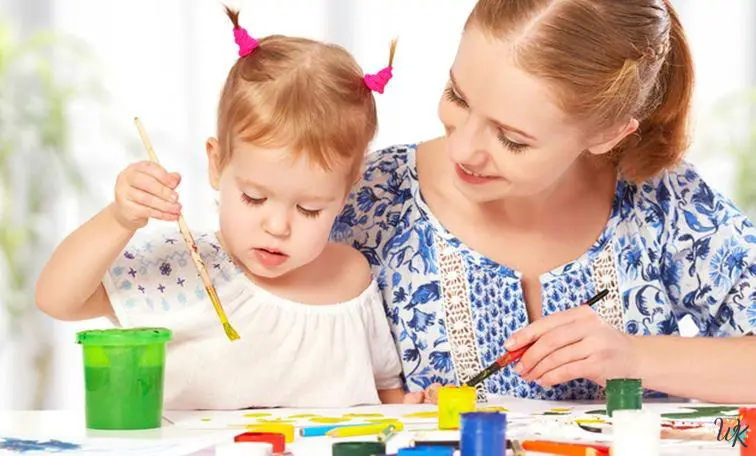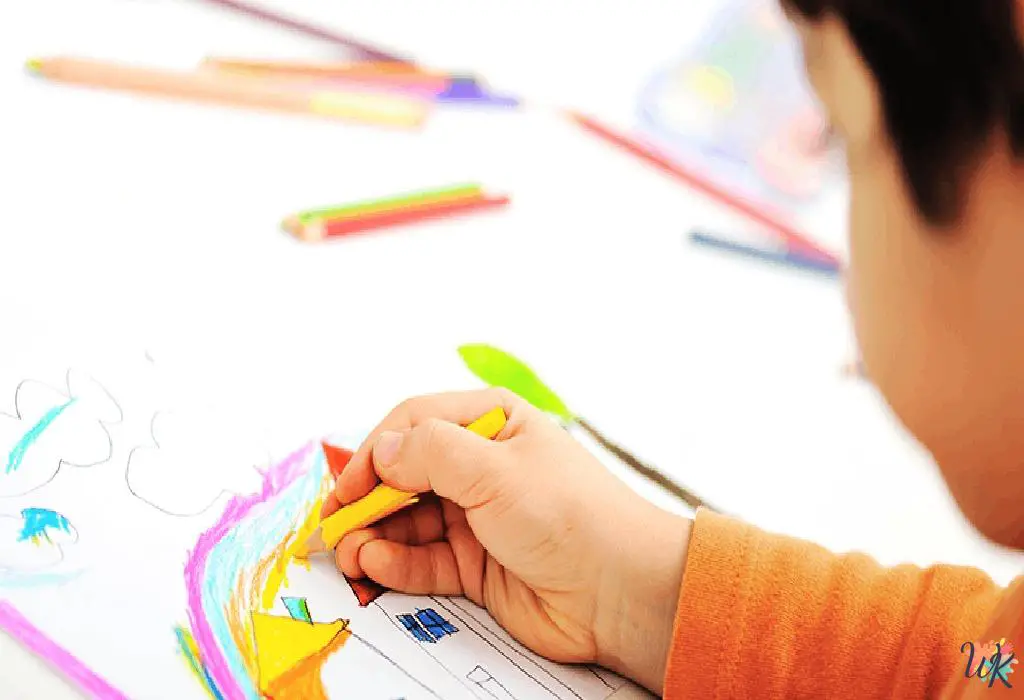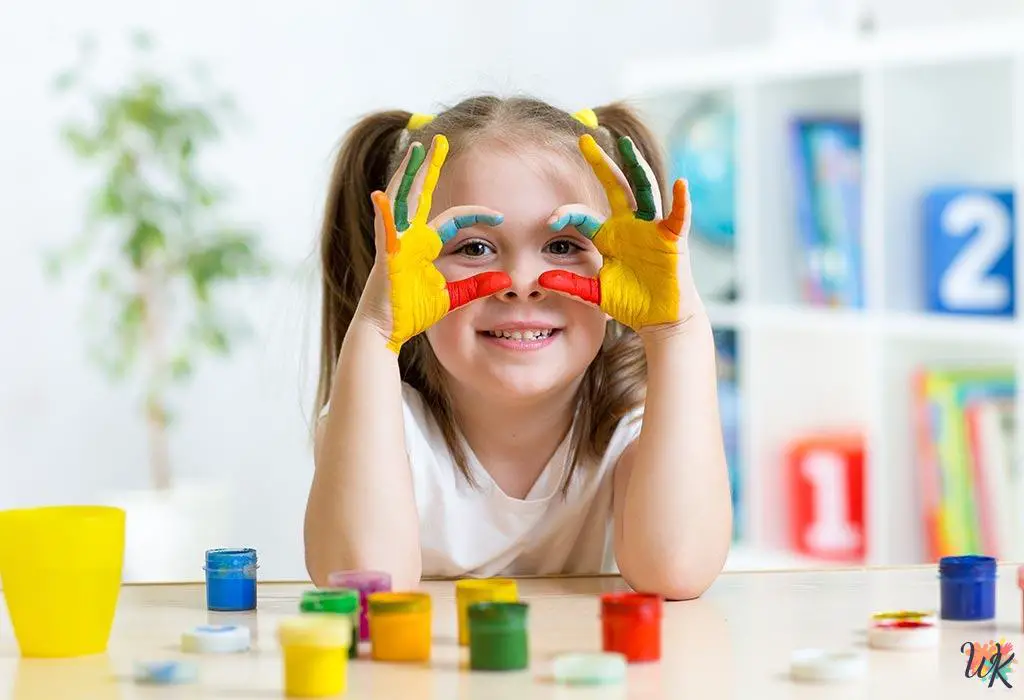As parents and educators, we are always seeking innovative ways to educate and engage young children. One effective method that has stood the test of time is teaching children to color. Not only is coloring a fun and creative activity, but it also offers numerous developmental benefits. In this article, we will explore the importance of teaching children to color and how it can contribute to their overall growth and learning journey.

The Power of Coloring
Engaging in coloring activities can greatly benefit young children’s development. It involves more than just filling in blank spaces with colors; it can improve their fine motor skills, stimulate their creativity, and enhance various cognitive abilities. Additionally, coloring provides an outlet for self-expression and can be helpful for emotional well-being.
Enhancing Fine Motor Skills Through Coloring
Coloring helps children develop their fine motor skills by strengthening the muscles in their hands and fingers. These skills are important for writing, tying shoelaces, and using utensils. Coloring also helps children improve their control over their movements, hand dexterity, and grip.
Stimulating Creativity and Imagination
Coloring is a great way for children to exercise their imagination and express their creativity. They can choose colors, try out different combinations, and bring their ideas to life on paper. This helps them think creatively, develop their own artistic style, and showcase their individuality.
Promoting Hand-Eye Coordination
Coloring requires coordination between the hand movements and the visual perception of the space being colored. As children focus on coloring within the lines, their hand-eye coordination improves. This skill is vital for activities such as playing sports, writing, and even daily tasks like buttoning clothes.

Developing Cognitive Skills
Coloring engages various cognitive processes in children’s brains. They learn to differentiate between colors, understand patterns, and make decisions about which colors to use. Additionally, coloring aids in shape recognition, spatial awareness, and the development of pre-math skills, such as understanding proportions and symmetry.
Encouraging Focus and Concentration
Engaging in coloring activities requires children to concentrate on the task at hand. They learn to pay attention to details, follow instructions, and complete a task from start to finish. This practice of sustained focus prepares them for future academic endeavors and fosters a sense of accomplishment and pride in their work.
Boosting Confidence and Self-Expression
Coloring provides an avenue for children to showcase their abilities and take pride in their creations. When children receive positive feedback and recognition for their colored masterpieces, their self-esteem is boosted. Furthermore, coloring allows children to express their emotions, thoughts, and ideas in a safe and non-verbal manner.
Fostering Social and Emotional Development
Coloring can be a shared activity, promoting social interactions and cooperative play. Children can color together, discuss their artwork, and learn to take turns. This fosters important social skills such as sharing, communication, and collaboration. Moreover, coloring can serve as a calming and relaxing activity, helping children manage stress and develop emotional resilience.
Integrating Coloring into Educational Settings
Educators have recognized the educational value of coloring and have incorporated it into various learning environments. Coloring activities can be used to reinforce concepts in subjects like math, science, and language arts. For instance, children can color shapes to learn geometry or color code parts of a plant to understand its structure. By integrating coloring into lesson plans, educators make learning more engaging and memorable.
The Role of Parents and Educators
Parents and educators play a crucial role in promoting the benefits of coloring. They should provide children with ample opportunities to engage in coloring activities, supply them with high-quality coloring materials, and offer encouragement and support throughout the process. By emphasizing the value of coloring, parents and educators can foster a love for learning, creativity, and self-expression in young children.
Recommended Coloring Materials
To maximize the benefits of coloring, it is important to choose appropriate coloring materials. Crayons, colored pencils, and washable markers are ideal for young children. These tools are safe, easy to grip, and offer a wide range of colors. Additionally, coloring books or printable coloring sheets featuring age-appropriate themes and designs can provide inspiration and guidance.
Safety Considerations for Coloring Activities
While coloring is generally a safe activity, it is essential to consider safety precautions. Ensure that coloring tools are non-toxic and do not pose a choking hazard. Supervise young children during coloring sessions to prevent accidental ingestion or misuse of coloring materials. Moreover, provide a well-ventilated area for coloring to minimize exposure to fumes from markers or paints.

Incorporating Coloring into Daily Routines
To make coloring a regular part of a child’s routine, it is important to integrate it into daily activities. Set aside dedicated time for coloring, such as after school or before bedtime. Encourage children to color while traveling, waiting for appointments, or during quiet moments. By incorporating coloring into daily routines, children develop a lifelong love for creativity and self-expression.
Resources for Coloring Inspiration
The internet provides a vast array of coloring resources that can inspire and engage young children. Numerous websites offer free printable coloring pages featuring popular characters, animals, and educational themes. Online communities and social media platforms dedicated to coloring provide a platform for sharing artwork, gaining inspiration, and connecting with fellow coloring enthusiasts.
Conclusion
Teaching young children to color is an effective way to educate and nurture their overall development. From enhancing fine motor skills and stimulating creativity to promoting focus, confidence, and social interaction, coloring offers a multitude of benefits. By embracing coloring as a valuable educational tool, parents and educators can empower children to explore their imagination, express themselves, and embark on a lifelong journey of learning and self-discovery.

